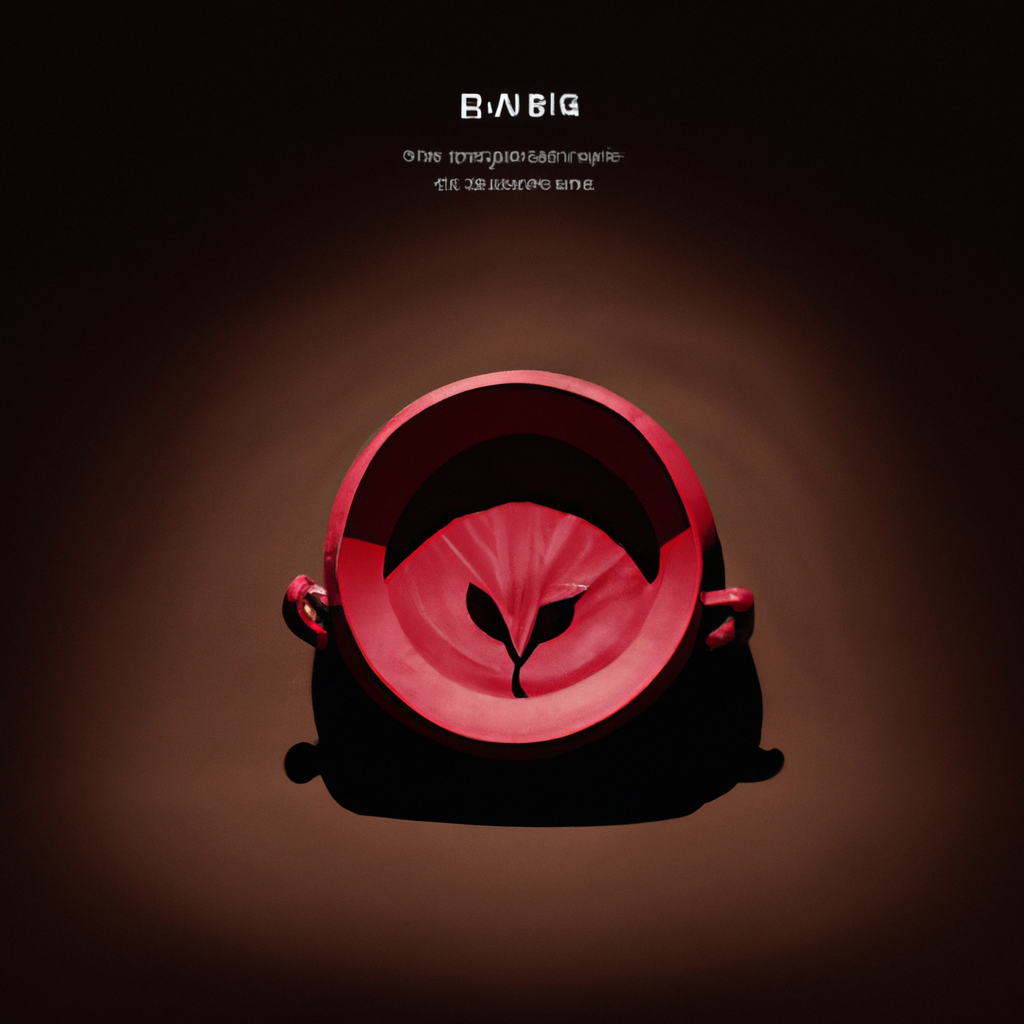Understanding the Korean Culture of Indoor Shoe Removal
The Tradition of Removing Shoes Indoors
In Korea, it is a common practice to remove one’s shoes before entering a home or certain indoor spaces. This cultural norm is closely tied to the importance of cleanliness and respect within Korean households. People believe that shoes carry dirt and germs from outside, which could pollute the home’s interior.
The practice is deeply rooted in history and is influenced by the traditional Korean lifestyle, which involved sitting, eating, and sleeping on the floor. With this lifestyle, it is crucial to maintain a clean floor environment. Removing shoes is not merely a habit but a sign of respect towards host and tradition.
Shoe Removal in Modern Korean Homes
Even modern Korean homes and apartments are designed to accommodate this tradition. Upon entering a house, guests are often greeted by a special area called a “현관” (hyeon-gwan), which is an entrance space where individuals can remove and store their shoes.
This area may also include shelves or designated spots for placing footwear, ensuring that the indoor area remains clean and tidy. Many homes provide soft indoor slippers for guests to wear, further emphasizing hospitality and comfort.
Cultural Etiquette in Public Spaces
Aside from homes, several public spaces in Korea also require shoe removal. For instance, traditional Korean restaurants, temples, and some educational facilities request that visitors remove their shoes to preserve a clean environment.
Visitors unfamiliar with this practice might find signs or instructions at the entrance, indicating the need to remove shoes. Understanding this cultural etiquette is crucial for foreigners living in or visiting Korea, as it reflects respect for local customs.
The Practical Aspect of No Shoes Indoors
The practical benefits of this cultural practice extend beyond tradition. Removing shoes helps prolong the lifespan of indoor flooring materials and minimizes cleaning efforts. It is also conducive to better health, reducing allergens, and maintaining a hygienic living space.
This practice is seen in numerous global cultures, but Korea’s strict adherence highlights the community’s commitment to upholding cleanliness and order within their living spaces.
Comparative Perspective: Shoe Removal Globally
Korea is not alone in this practice. Several other countries, including Japan and parts of Scandinavia, have similar customs. What makes Korea unique is the universality and consistency of this practice across all demographical fronts.
Whether in a traditional home or a modern urban apartment, the expectation remains the same. Understanding these subtle cultural differences can significantly enhance the experience of foreign individuals living in or visiting Korea.
| Country | Shoe Removal Practice | Reason |
|---|---|---|
| Korea | Mandatory in homes | Cleanliness, respect |
| Japan | Practiced in homes and schools | Cleanliness, tradition |
| Scandinavia | Common in homes | Weather-related cleanliness |
| United States | Varies by household | Personal preference |
FAQs
1. Is it necessary to remove shoes when visiting Korean homes?
Yes, it is a sign of respect and cleanliness. Most Korean homes expect guests to remove their shoes before entering.
2. Are there any public places in Korea where shoe removal is required?
Yes, certain places like traditional restaurants and temples may require you to remove your shoes. Look for signs or ask if unsure.
Summary
- ✅ Removing shoes is a deeply rooted cultural practice in Korea, linked with cleanliness and respect.
- ✅ Modern Korean homes are specifically designed to accommodate this norm with designated entrance areas.
- ✅ Understanding this practice is essential for foreigners living in or visiting Korea.
#KoreanCulture #ShoeRemoval #IndoorEtiquette #Traditions #CulturalPractices #KoreanTraditions #Cleanliness #Respect #ModernLiving #CulturalEtiquette #Hospitality #Korea #KoreanHomes #SlipperCulture #HyeonGwan #PublicSpaces #KoreanEtiquette #GlobalPractices #TraditionalCustoms #CulturalDifferences #ExpatLife #ForeignerGuide #SouthKorea #LivingInKorea #CulturalInsights #TravelToKorea #DiscoverKorea #CulturalNorms #VisitorGuide #KoreanLifestyle

